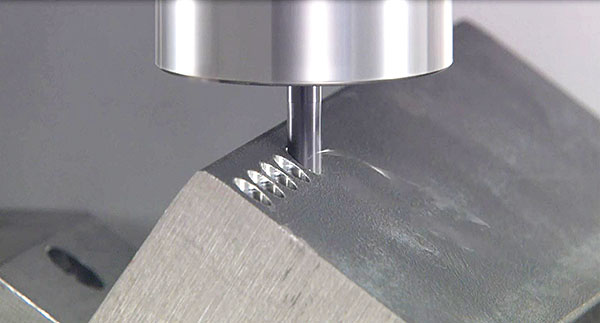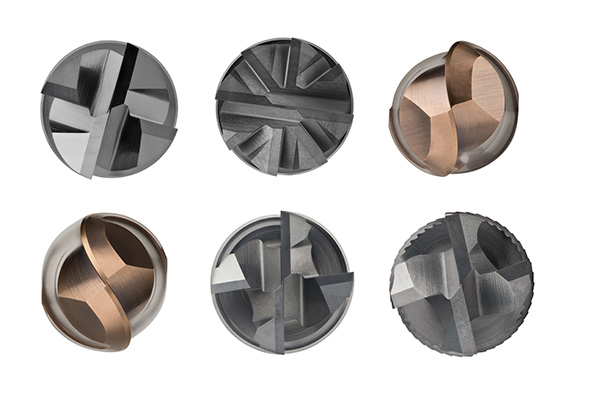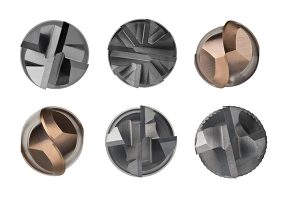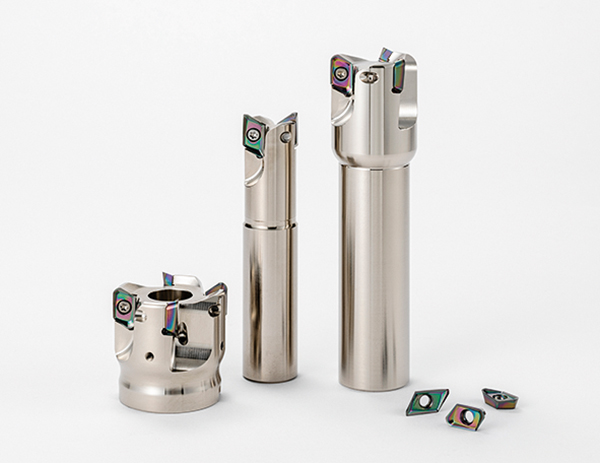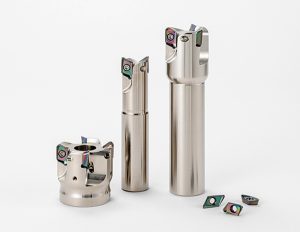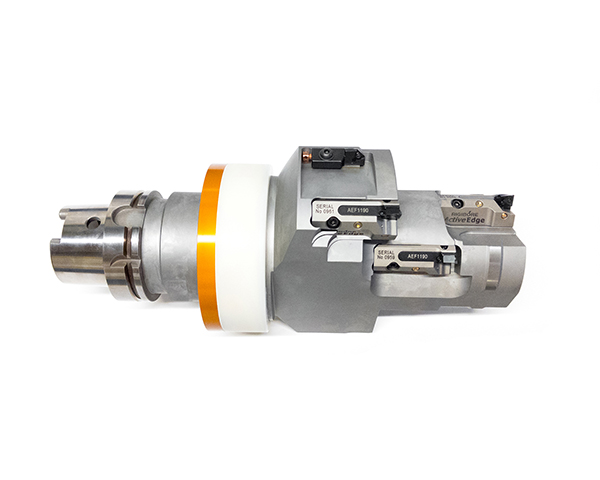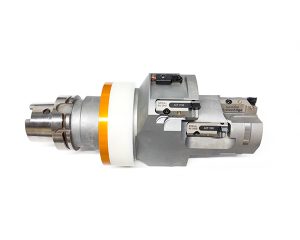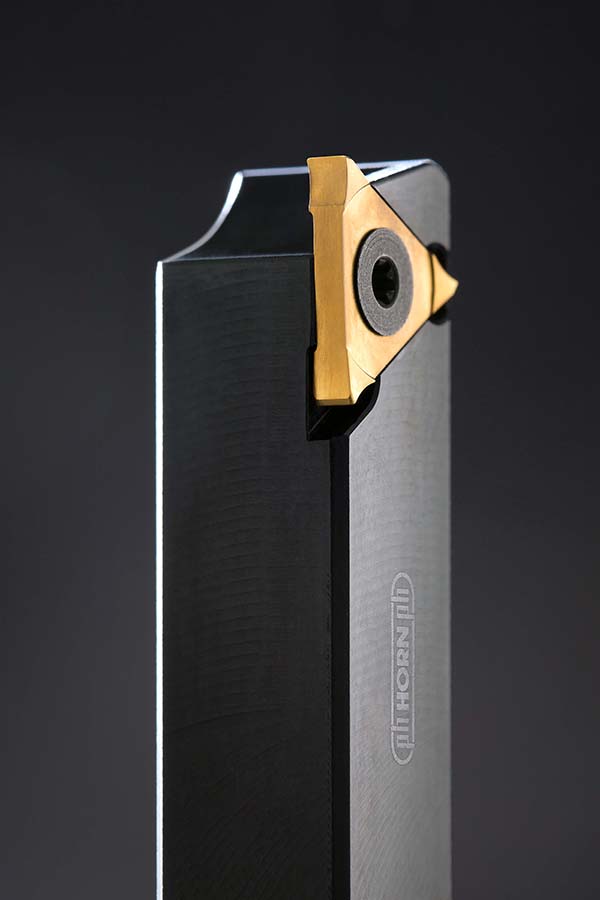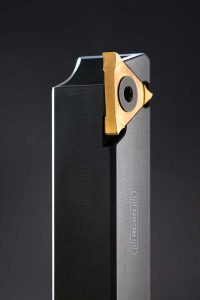Sumitomo Electric Hardmetal has extended its range of Flat MultiDrill series (MDF) high-rigidity, coated carbide drills for spot-facing and counter-boring features on horizontal, curved or inclined surfaces.
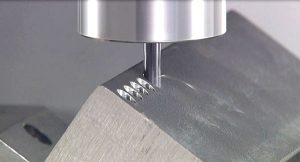
MDF now includes overall length tools up to 10:1 length-to-diameter ratio, a long shank, external coolant supply (L2D Type) and through-coolant feed (H3D/H5D type) variants.
The MDF series of tools benefit prime applications such as when cross drilling, expanding hole sizes and deep spot facing. With its 180° point angle, true flat bottoming can be achieved; in order to create a seating, for example. Pre-tapped holes can also be produced in thinner plate or sheet material. Now with the up to 10:1 overall length ratio, tools can be used to access component features that are deeper within housings, for instance.
Significant in the series is Sumitomo’s ‘RS’ thinning development, which creates a greater wall thickness at the tip of the drill. Swarf evacuation is effective due to wider pockets that accommodate chips with high orders of flute finishing and a specific shape applied to the rake face. A special high-strength cutting edge helps resist impact damage when features involve interrupted cuts, while also maximising the overall stability of the tool. Due to the design of the tool, minimal burr formation is said to be a further benefit.
The extended line up of MDF drills can be used on general, stainless, alloy and hardened steels up to 50 HRc.
For further information www.sumitomotool.com






